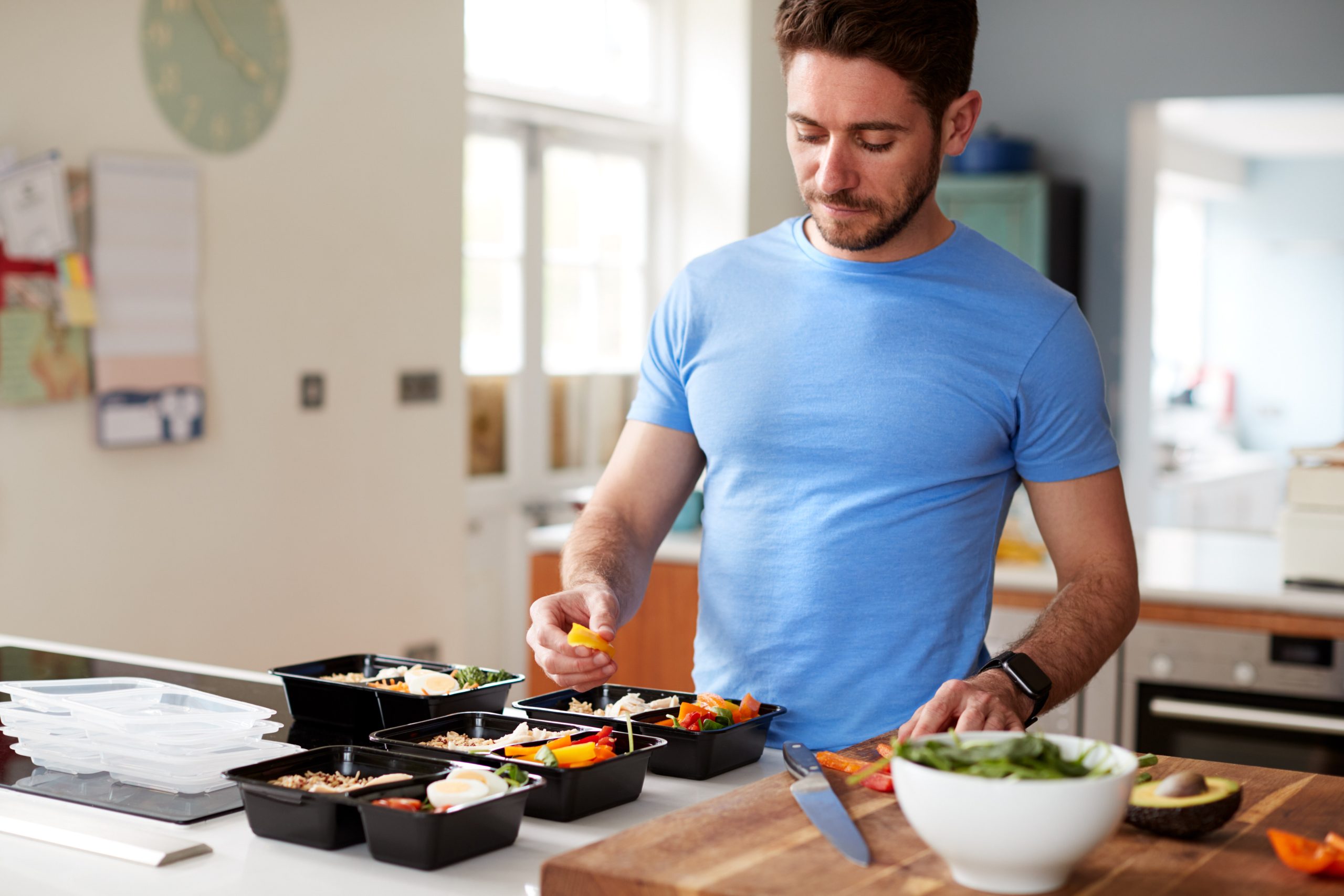Budget-Friendly Meal Prep: Eat Well Without Overpaying
Eating healthy and saving money don’t have to be at odds—especially when you bring meal prepping into the mix. Meal prepping is a simple habit that can help you eat better, save time, and stretch your food budget further than you thought possible. Whether you’re cooking for one or feeding a family, a little planning goes a long way. Learn how to prep meals on a budget without sacrificing flavor, nutrition, or variety.
Why Meal Prepping Makes Financial Sense
Food is one of the largest variable expenses in most households—and also one of the easiest to control. When you meal prep, you:
- Avoid takeout or delivery splurges
- Buy only what you need at the grocery store
- Reduce food waste by using ingredients efficiently
- Save time on cooking and cleaning during the week
It’s not just about saving money—it’s about making your life easier.
Getting Started: Keep It Simple
You don’t need to prep an entire week of meals on day one. Start with just one meal category—like lunches or dinners—and build from there.
Here’s a beginner-friendly process:
- Pick a day to plan and prep—Sundays and Wednesdays are popular
- Choose 2–3 easy recipes that use similar ingredients
- Make a grocery list based on those meals
- Cook in batches—use sheet pans, slow cookers, or one-pot recipes
- Portion meals into containers for the week ahead
Start small, and you’ll find your rhythm in no time.
Tips to Keep Meal Prep Budget-Friendly
- Shop Your Pantry First
Before heading to the store, check what you already have. Build meals around those items so nothing goes to waste. - Use Low-Cost, High-Value Staples
Base your meals on affordable, filling ingredients like:
- Brown rice or whole wheat pasta
- Dried or canned beans
- Lentils
- Frozen vegetables
- Eggs
- Oats
- Potatoes
- Canned tuna or chicken
These basics can be dressed up with herbs, sauces, or a few fresh additions.
- Buy in Bulk—But Be Smart About It
Bulk buying works great for non-perishables like grains, beans, and spices. Just avoid buying large amounts of perishable items unless you can freeze or use them quickly. - Embrace Leftovers and Reuse Ingredients
Cook once, eat twice (or more). Roast a batch of chicken and use it in tacos, salads, or grain bowls. Rice from Monday night can turn into fried rice on Wednesday. - Prep Ingredients, Not Just Meals
If full meals feel overwhelming, start by chopping veggies, marinating proteins, or cooking grains in advance. It still saves time and helps you avoid takeout when you’re tired. - Make Freezer-Friendly Meals
Double your recipes and freeze half. Great options include:
- Chili
- Soup
- Pasta bakes
- Meatballs
- Breakfast burritos
Label your containers with the name and date so you don’t forget what’s inside.
- Stick to a Grocery List
Impulse buys are meal prep’s worst enemy. Make a list before shopping—and stick to it. If you’re tempted, give yourself a low-cost treat to stay on track without feeling restricted. - Use Seasonal Produce and Store Brands
Fresh fruits and veggies are cheaper when in season. Store brands often offer the same quality as name brands at a lower price—don’t be afraid to try them.
Meal Prep Ideas for Every Budget
Need some inspiration? These are some easy and affordable go-tos:
- Overnight oats with fruit, yogurt, or peanut butter
- Quinoa or rice bowls with veggies and beans
- Stir-fry with frozen veggies and pre-cooked chicken
- Pasta with homemade sauce and roasted vegetables
- Taco salads using ground turkey or lentils
- Hard-boiled eggs, chopped veggies, and hummus for snacks
- Mason jar salads that stay fresh for days
Mix and match ingredients to keep things fresh without starting from scratch.
Invest in Reusable Containers
Good containers are key. Look for:
- Microwave- and dishwasher-safe options
- Divided sections to keep components separate
- Glass or BPA-free plastic
Investing in a set of 5–10 quality containers will pay off fast in convenience and savings.
Make It Fun and Sustainable
Meal prepping shouldn’t feel like a chore. Listen to music or a podcast while you cook. Try one new recipe each week to keep things interesting. And remember—it’s okay to repeat meals or prep less if that works for you.
Bonus Tip: Involve the Family
If you’re cooking for others, get them involved. Let kids help stir, scoop, or assemble lunches. Ask your partner to choose one of the week’s meals. Shared responsibility makes it more sustainable.
Final Thoughts
Meal prepping on a budget doesn’t require fancy tools, complicated recipes, or endless hours in the kitchen. With a bit of planning and a few reliable ingredients, you can enjoy tasty, nutritious meals all week long—without overspending. Whether your goal is to eat healthier, cut back on takeout, or simply stay organized, meal prep is a simple habit that delivers big results. Start small, stay consistent, and enjoy the savings (and the good eats).
